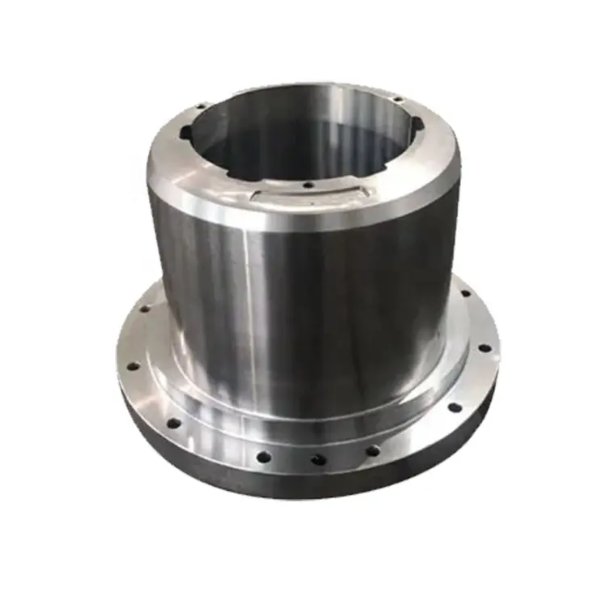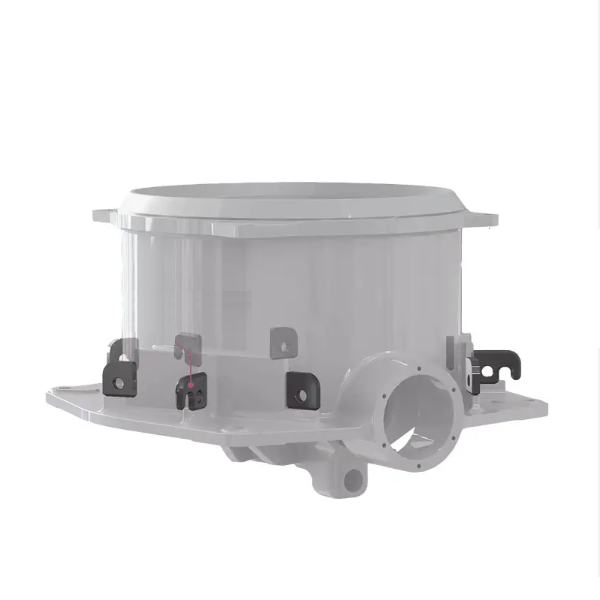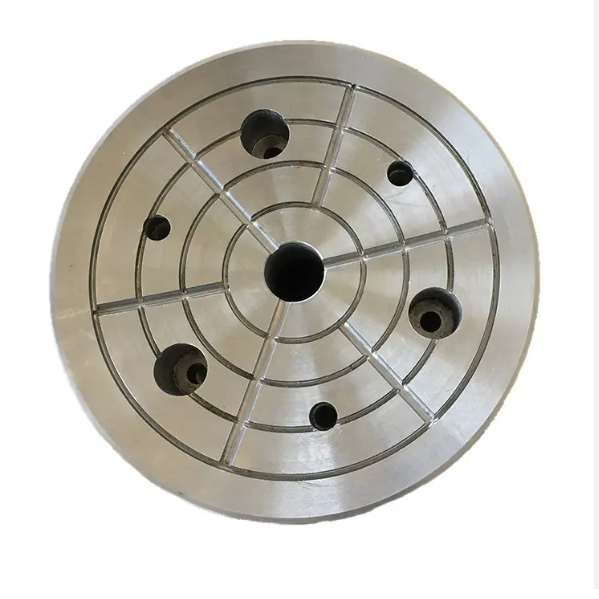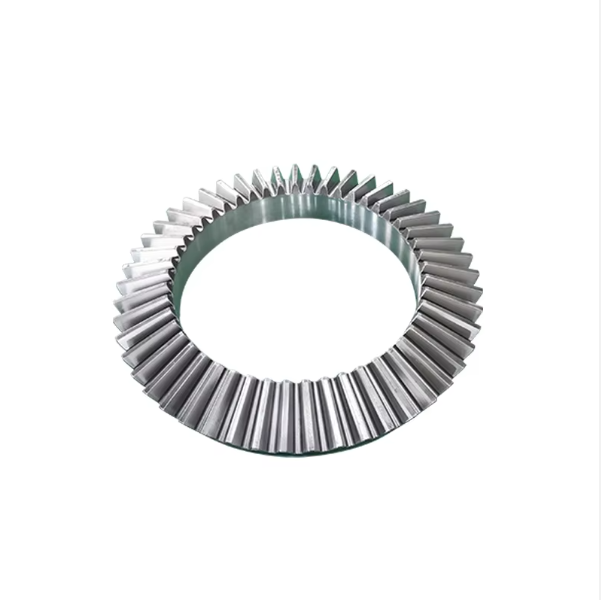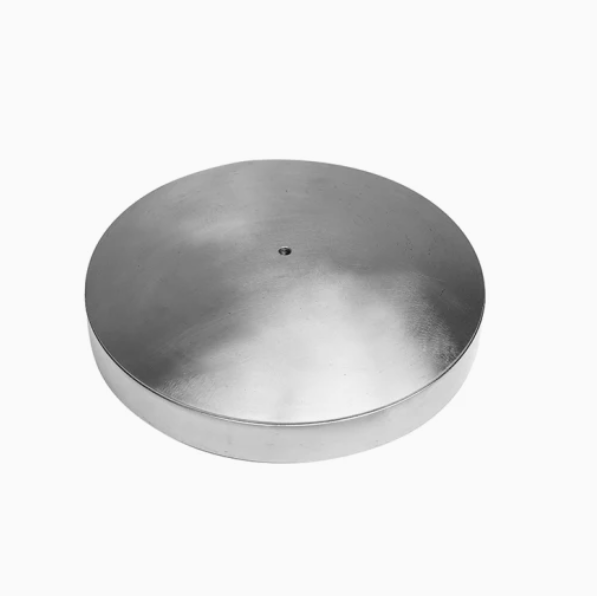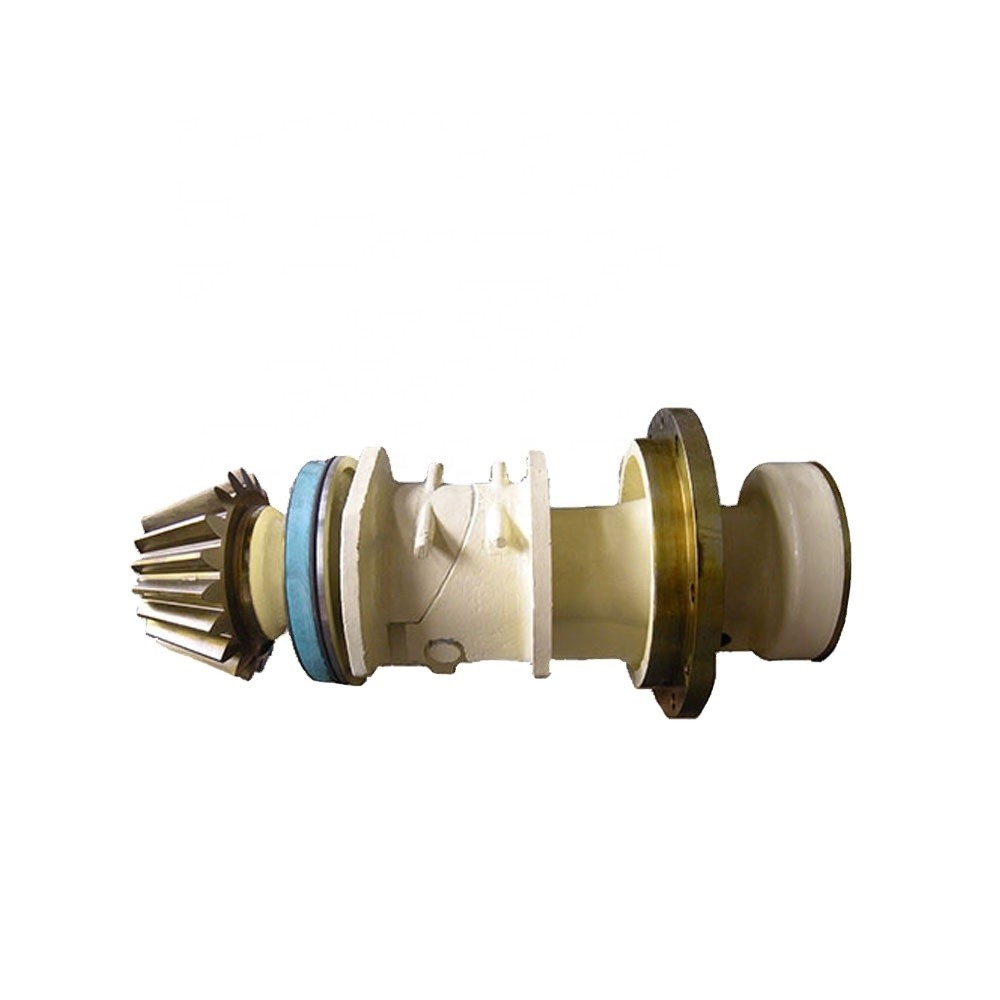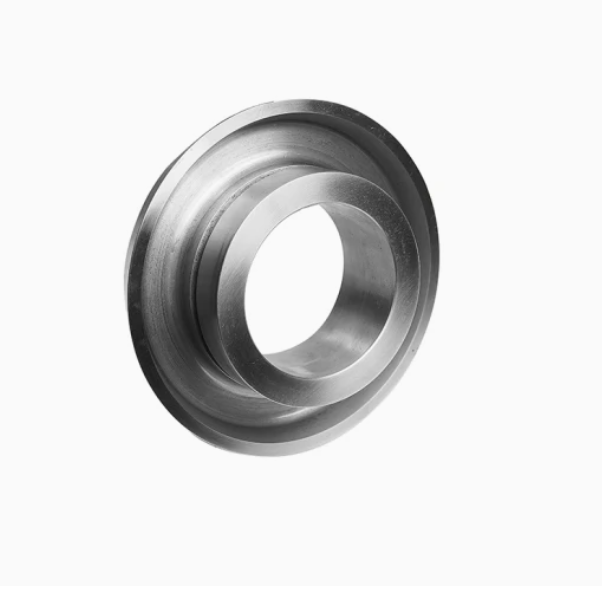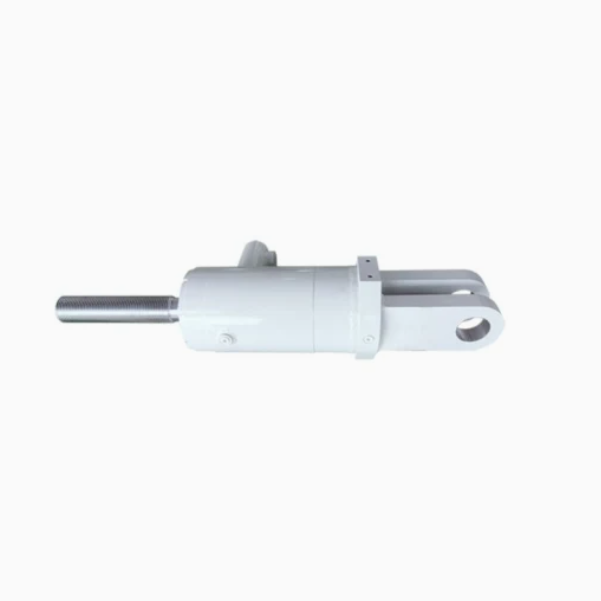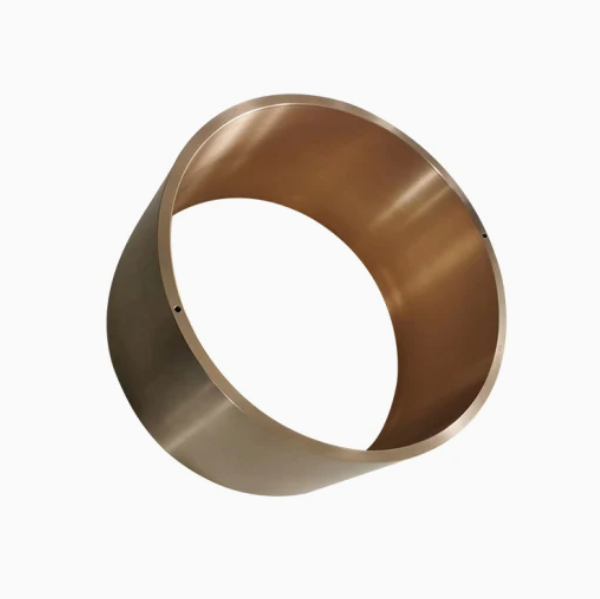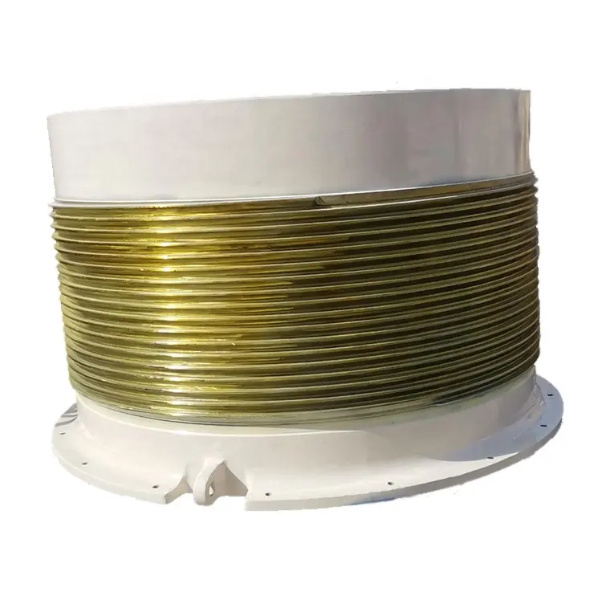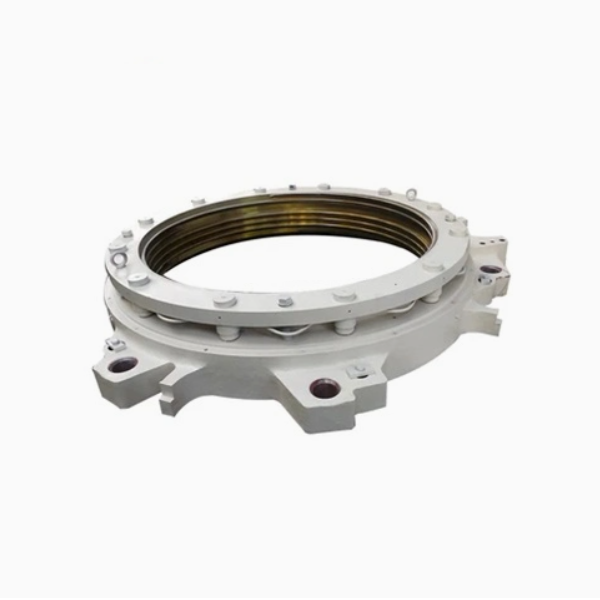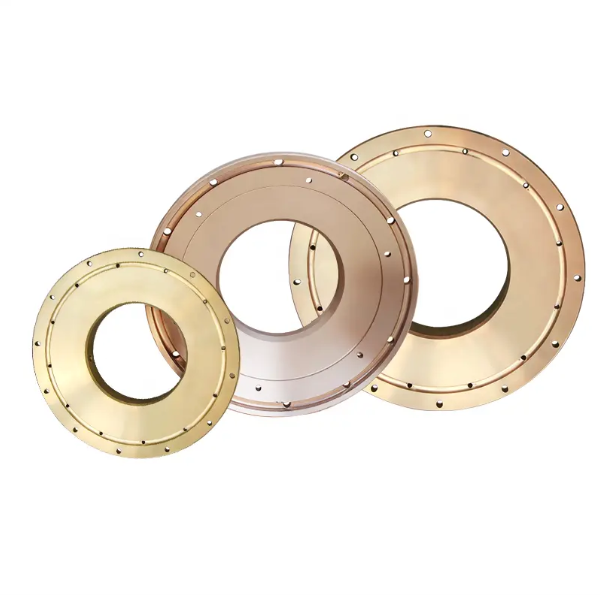The cone crusher cone sphere is a key component of the cone crusher.
The cone crusher is a mechanical device suitable for crushing raw materials in metallurgy, construction, road building, chemistry, and the silicate industry. It crushes materials through the compression of the cone and the bowl liner.
The cone sphere usually has the following characteristics and functions:
- Crushing function: Cooperating with the bowl liner to achieve the compression and crushing of materials, crushing larger materials into smaller particles.
- Rotational movement: Rotating under the drive of the drive shaft to generate the compressive force required for crushing.
The manufacturing technology of an efficient crushing cone for a cone crusher is as follows (referring to patented technology):
This cone includes the crushing cone body, drive shaft, and buffer part. At the axial center inside the crushing cone body is a receiving cavity. The drive shaft is set in the receiving cavity. The buffer part is set at the lower part of the crushing cone body and is rotatably connected to the drive shaft.
Specifically, the receiving cavity is vertically and downwardly penetrated through the upper part of the crushing cone body. At the top, there is a fixed shaft sleeve rotatably connected to the top of the drive shaft. Inside the crushing cone body, there are several support cavities. The top of the support cavities is connected in communication with the receiving cavity on the outside of the drive shaft. Inside the support cavity, there is a support component in contact and connected to the outside of the fixed shaft sleeve. At the lower part of the crushing cone body, there is a connection cavity. The buffer part includes a balance cavity, several connection pipes, a buffer component, and a connection shaft sleeve. The connection shaft sleeve is rotatably connected to the drive shaft. The connection pipes are in communication with the balance cavity. The buffer component is rotatably connected to the connection shaft sleeve and is movably connected to the balance cavity. The balance cavity is set inside the crushing cone body on the outside of the connection cavity. The balance cavity is annular and contains hydraulic oil. The number of connection pipes and support components is usually three and is evenly horizontally connected to the outside of the balance cavity. In the balance cavity between two adjacent connection pipes, there is an electromagnetic valve. Inside the balance cavity opposite to the connection pipe, there is an oil pressure sensor. The buffer component includes a connection plug and a buffer rod. The connection plug is set inside the connection pipe. One end of the buffer rod is fixedly connected to it, and the other end is connected to the connection shaft sleeve through a ball joint shaft. On the buffer rod inside the connection pipe, there is a buffer spring. On the side of the connection plug away from the buffer rod, there is a sealing gasket. Between the end of the connection pipe away from the balance cavity and the connection shaft sleeve, there is a buffer gap.
The advantage of this design is that the compressive force on the outside of the crushing cone body is monitored through the buffer part. When a foreign object is stuck between the crushing cone body and the bowl liner, the electromagnetic valve controls the flow of hydraulic oil, allowing the buffer rod and connection plug to move inside the connection pipe, realizing the angular tilt of the crushing cone body and allowing the foreign object to fall smoothly. Thus, it prevents the foreign object from scratching the inner wall of the equipment, improves the working efficiency of the crushing cone body, and reduces cost losses. At the same time, the oil pressure sensor can monitor the oil pressure between adjacent connection pipes. When the oil pressure is different, it means that the outside of the crushing cone body is under compression. It can detect the compression of foreign objects in time and prevent equipment damage.
In the actual manufacturing process, the specific manufacturing process of the cone sphere will be affected by multiple factors, including material selection, processing accuracy requirements, production equipment, and more. Generally speaking, the manufacturing process may include the following steps:
1. Material preparation: Select a suitable high-strength wear-resistant material, such as alloy steel.
2. Blank manufacturing: Manufacture the blank of the cone sphere through methods such as casting and forging.
3. Rough machining: Perform preliminary machining on the blank, such as turning and milling, to make it close to the final shape and size.
4. Heat treatment: Conduct corresponding heat treatment according to the material characteristics to improve the hardness, strength, and wear resistance of the cone sphere.
5. Fine machining: Includes processes such as grinding and honing to obtain accurate dimensions, shapes, and surface finish.
6. Quality inspection: Conduct strict quality inspection on the cone sphere, such as dimensional accuracy inspection, hardness testing, flaw detection, etc., to ensure that its quality meets the requirements.
7. Surface treatment: Perform surface treatment as needed, such as rust prevention treatment.
It should be noted that the manufacturing processes of different manufacturers may vary. The specific process should be adjusted and optimized according to the actual situation and production requirements. At the same time, in order to ensure the normal operation and service life of the cone crusher, regular maintenance and upkeep are also required during use.

